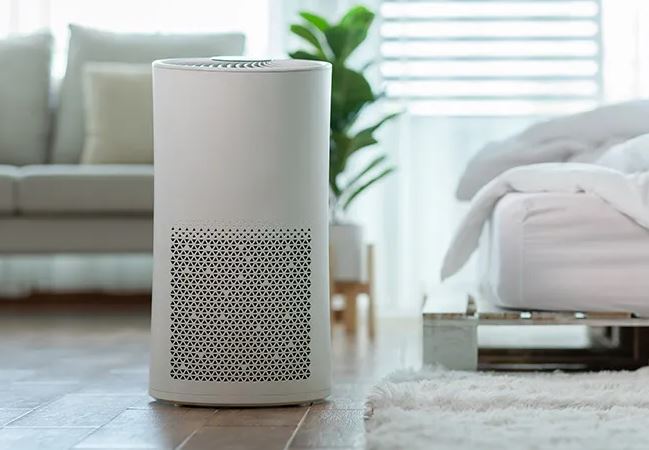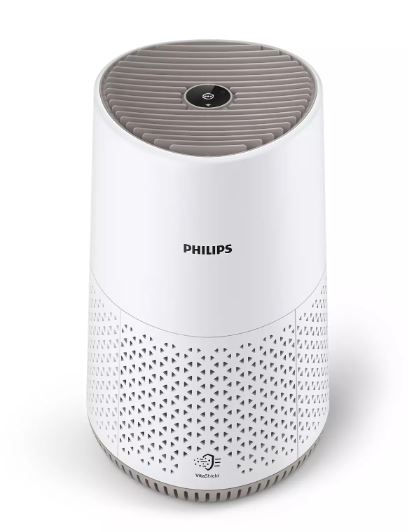The Invisible Threat: How Air Pollution Impacts Your Health
Wiki Article
In today's health-focused society, the air quality indoors and out has taken center stage for many people. With increasing environmental pollution and a greater awareness of the impacts of indoor air quality on our health, it's no surprise that the demand for air purifiers is on the rise.
Air purifiers are appliances that clean the air of pollutants in a space, enhancing the air we breathe indoors. They are particularly beneficial for individuals suffering from allergies, asthma, and respiratory conditions as they can drastically decrease the levels of allergens, pollutants, and irritants in the air. For those without respiratory concerns can benefit from air purifiers, as they provide reassurance and safeguard against airborne diseases.
This article will explore in detail the intriguing world of air purification, exploring their benefits, the array of models available, key considerations when selecting the right model, and how to get the most out of your device. By the end, you should have a solid comprehension of air purifiers and be able to choose wisely about whether investing in one is the smart move for you and your family.

Unraveling Indoor Air Contaminants and Their Influence on Health
To grasp the importance of air purification, it's essential to grasp the kinds of pollutants they target and the potential consequences of prolonged exposure.
Indoor air pollutants can be broadly grouped into the following three categories:
- Airborne Particles: This includes solid particles and liquid droplets floating in the atmosphere. Examples include pollen, smoke, dust, pet dander, and mold spores, to name a few. Particulate matter can cause respiratory issues and set off allergic responses.
- Understanding Volatile Organic Compounds: VOCs are gases emitted from various solids or liquids. Sources of VOCs include cleaning agents, paints, aerosol sprays, pesticides, and similar products. Exposure to VOCs can lead to eye, nose, and throat irritation, headaches, and nausea.
- Biological Contaminants: These include bacteria, viruses, mold, and mildew. They can cause a range of health issues, from mild allergic reactions to severe infections.
The effects of these pollutants on human health can vary significantly. For individuals with respiratory conditions or compromised immune systems, exposure to indoor air pollutants can lead to severe complications. Even those in good health, chronic exposure to certain pollutants can impact respiratory health and overall well-being over time.

The Science Behind Air Purifiers
Air purifiers use a variety of physical and chemical processes to trap and eliminate airborne pollutants. Understanding the underlying principles employed by purifiers will help you understand their efficiency and the different types available on the market.
Here are the core processes and cutting-edge technologies used in air purifiers:
- Filtration Excellence: This is the most common method used in air purifiers. It involves using filters designed to trap airborne particles as air is drawn into the purifier. The filters can be made from various materials, each designed to trap particular particle types. For example:
- Pre-filters: These are usually the initial barrier, capturing larger particles like dust and hair.
- HEPA Filters: The Gold Standard: HEPA filters are highly effective at capturing microscopic particles, including pollen, dust mites, and some bacteria and viruses. To be labeled a true HEPA filter, it must capture at least 99.97% of particles as small as 0.3 microns.
- carbon or charcoal filters: These filters are designed to effectively remove odors, VOCs, and gaseous compounds.
- Ionizers: Charging Ahead: Ionizers use electricity to create an abundance of negative ions, which attach themselves to particles in the air. The particles become charged, causing them to stick to surfaces or the purifier.
- Ozone's Double-Edged Sword: Some air purifiers use ozone as a powerful cleaning agent. While effective, ozone is a respiratory irritant so these types of purifiers should be used with moderation and in well-ventilated areas.
- UV Light: Shining a Light on Purification: UV light can be used to effectively eliminate bacteria, viruses, and mold. UV light and filters: a dynamic duo to capture particles first, followed by UV light to neutralize any remaining biological threats.
Choosing the Right Air Purifier
With a wide array of options available, selecting the perfect purifier can be a daunting task. It's important to consider multiple factors to ensure you make the best decision for your particular needs and room size.
Here are some essential factors to weigh:
- Room Size: Air purifiers are typically rated according to room size, so it's important to choose a model that can effectively handle the square footage of the room. Most purifiers will list a suggested room size or CADR rating, which indicates the amount of purified air circulated per minute.
- Understanding Contaminants: Identify the specific pollutants you want to target. If you suffer from allergies, look for a purifier with a HEPA filtration system. For reducing unwanted smells, consider a model with a carbon filter. If you're concerned about viral and bacterial threats, a purifier with UV light disinfection might be best.
- Noise Level: Air purifiers can produce different noise levels, so if you plan to use it in a quiet bedroom or tranquil space, look for models with a quiet mode for undisturbed rest.
- Maintenance and Costs: Consider the long-term expenses and upkeep of the purifier. HEPA filtration systems may need periodic replacement, depending on use and environmental factors. Factor in the cost of replacement filters when making your choice.
- Smart Innovations: Many purifiers offer intelligent features like air quality sensors, automatic modes, and Wi-Fi connectivity, allowing convenient remote access and monitoring. These features can make your purifier more user-friendly and efficient.
Unlocking the Full Potential of Your Air Purifier
Once you've chosen and set up your air purifier, there are several things you can do to ensure it operates at peak performance and delivers the maximum benefits:
- Place it in the Right Location: Position your purifier in an unobstructed area, avoiding walls and furniture, to ensure effective airflow. Avoid placing it near external openings as drafts can impact its efficiency.
- Round-the-clock Operation: For the best results, it's recommended to run your purifier regularly. Many models have automatic or low-power settings that adapt to the air quality, so you can maintain healthy air quality while conserving energy.
- Regular Filter Care: Regularly adhere to the recommended filter replacement schedule. Over time, filters become saturated with particles, affecting efficiency. Schedule filter replacements so you don't forget.
- Reducing Indoor Contaminants: Alongside using an air purifier, take steps to reduce indoor pollutants. This could include frequent dusting and vacuuming, opting for natural cleaning solutions, and reducing chemical or aerosol usage. Report this wiki page